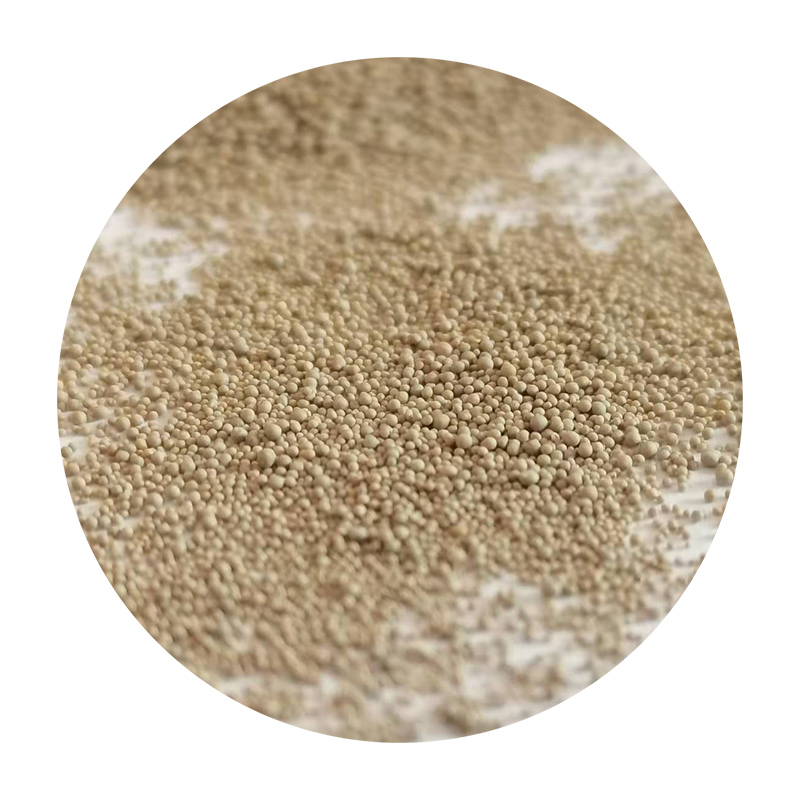Sand Casting of Cast Iron An Overview
Sand casting is one of the oldest and most versatile methods of metal casting, particularly for materials such as cast iron. This technique has played a crucial role in manufacturing components across various industries, including automotive, aerospace, and industrial machinery. Cast iron, due to its excellent casting properties, has been a favored material for sand casting, prompting extensive exploration and application of this method.
Process of Sand Casting
The sand casting process begins with creating a mold from a mixture of sand, clay, and water. The traditional method uses green sand, which is a moist mixture that retains the desired shape and provides a refractory material for molten metal. The steps include
1. Pattern Making A pattern, typically made of wood, metal, or plastic, is crafted to replicate the shape of the final product. Patterns often incorporate allowances for shrinkage during cooling, as cast iron typically contracts when solidifying.
2. Mold Preparation The pattern is pressed into the sand mixture to create a mold. Two halves, known as cope (upper half) and drag (lower half), are formed. The sand mold is then assembled, ensuring that it is tight and free of any defects.
3. Pouring the Molten Metal Once the mold is prepared, molten cast iron is poured into the cavity. Cast iron is favored for its excellent fluidity, allowing it to fill complex molds and capture fine details effectively.
4. Cooling and Solidification The metal cools and solidifies within the mold. This process can take several hours, depending on the thickness of the casting and the nature of the material. Care must be taken to avoid defects such as gas inclusions or porosity during this phase.
5. Mold Removal After cooling, the molds are broken away to reveal the cast iron component. The removal process requires skilled handling to minimize damage to the casting.
Advantages of Sand Casting with Cast Iron
sand casting cast iron

The combination of sand casting and cast iron offers numerous advantages
1. Cost-Effective Sand casting is relatively low-cost, especially for low to medium volume production. The sand molds can be reused, and only the patterns need to be manufactured for each design.
2. Versatility This method can produce a wide range of sizes, from small components to large heavy castings, accommodating various designs and industries.
3. Strength and Durability Cast iron exhibits excellent wear resistance and strength, making it suitable for applications requiring robust materials, such as engine blocks and machine bases.
4. Complex Geometries The fluid nature of molten cast iron enables the creation of intricate shapes and thin-walled components, which can be challenging using other casting methods.
5. Improved Mechanical Properties The ability of cast iron to form a network of graphite flakes improves its machinability and damping capacity, enhancing the performance of the final product.
Applications of Sand-Cast Cast Iron
Various industries leverage the advantages of sand casting with cast iron. For instance, in the automotive sector, cast iron is widely employed for engine components, brake discs, and crankshafts due to its stiffness and durability. In construction, cast iron is often used for pipes, fittings, and infrastructure applications, offering resistance to corrosion and extreme pressures.
Conclusion
Sand casting of cast iron remains a fundamental manufacturing process that combines traditional techniques with modern innovations. Its flexibility, cost-effectiveness, and ability to produce complex shapes make it a vital component in numerous industrial applications. As technology advances, the processes surrounding sand casting are continuously improved, ensuring that cast iron components meet the evolving demands of various sectors. This timeless method not only supports current manufacturing needs but also showcases the enduring significance of cast iron in the metallurgical landscape.
Post time:დეკ . 10, 2024 10:20
Next:resin and sand mix
